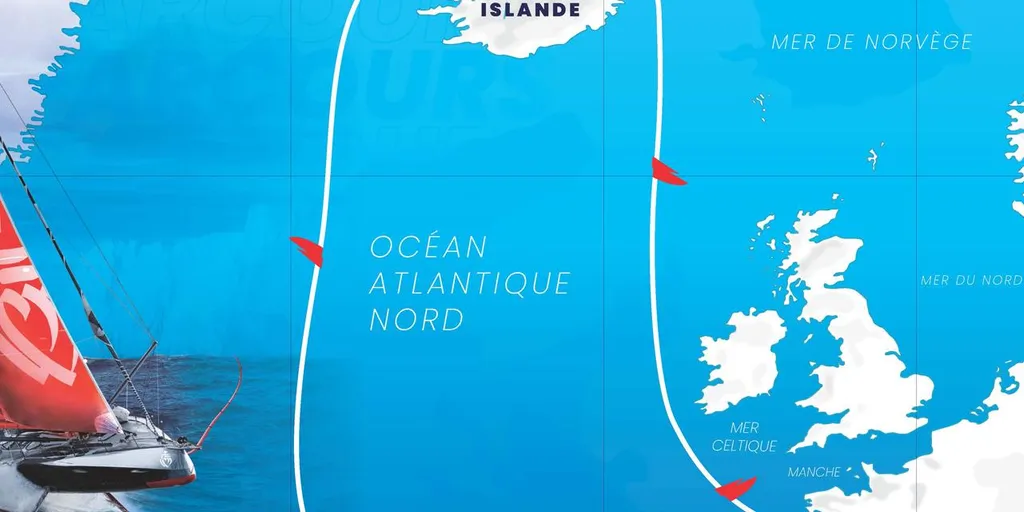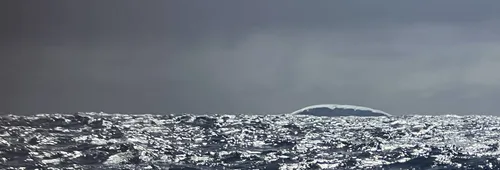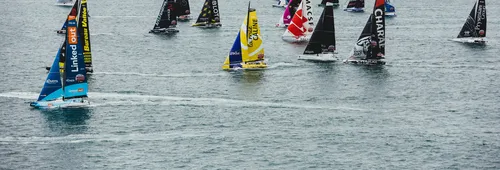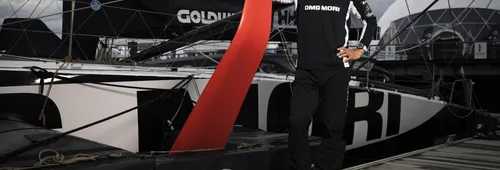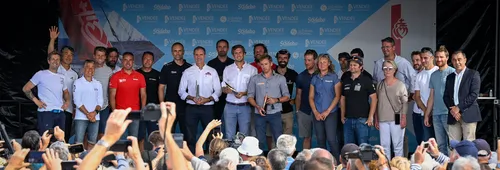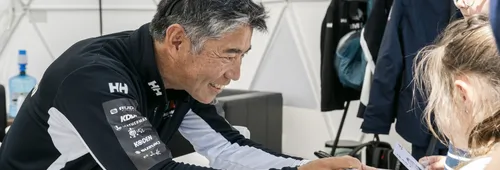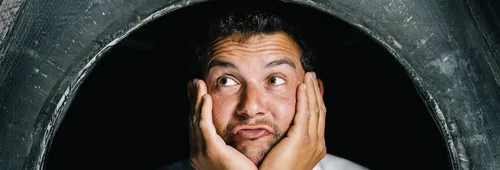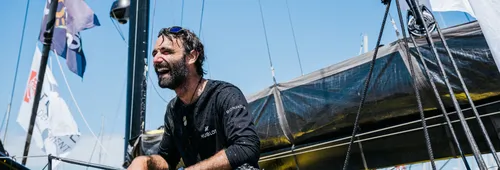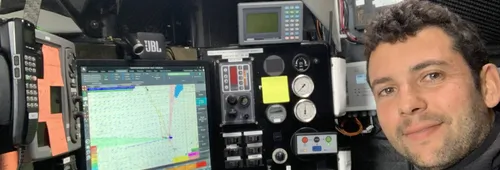It is atypical. For a start it heads north and not south. The IMOCA skippers are not heading off in search of the trade winds and frontal systems to accelerate them south to warmer temperatures. The Arctic Vendée - Les Sables d'Olonne, the second IMOCA Globe Series race will see more boats and more skippers getting their programmes on track.
The course
Leaving the port of Les Sables d'Olonne will rekindle the passion and ardour of ocean racing fans and visitors as well as recalling some sweet memories for the Vendée Globe skippers of the past. For rookies from 2020-2021 race it most likely will see bigger crowds than were allowed during lockdown and so it will be an emotional moment for them.
The fleet will then follow the coast to the tip of Brittany before heading NW towards the Fastnet
- Then, the northwards climb continues towards Iceland which is rounded to reach a 'way point' (a virtual turning mark) at the polar circle. This will be a symbolic monument, a significant challenge for the skippers.
Francis Le Goff, the race director: "Overall it's similar to the weather of The Transat (North Atlantic) but they will have to go all the way north to latitudes that we don't really know in the IMOCA".
He adds "Usually the wind conditions generated by the depressions are not so bad in June but if it happens there is not much chance to shelter from a big one.”
Race management also warns against "slightly more violent weather systems that pass quickly, short duration, high intensity".
The race course is about 3,500 nautical miles long (5,633 km). The leaders should finish after 11 to 12 days at sea.
So skippers need to remain on a high state of alertness. It will therefore be necessary to be vigilant, especially since moments of respite will be rare. "It’s the equivalent of a transatlantic race on a more complicated, demanding course route," explains Francis Le Goff. “ There will be many transitions, changing sea states… The boats will need constant attention”. Skippers will need to know where to ‘set their cursor’ how to adopt a level which is fast but safe at all times, achieving the balance between attack, fighting for a good result whilst still looking after the boat in the knowledge that there is no room for technical failures in an IMOCA programme which is headed for the Route du Rhum this autumn.
There are different course options. “We will decide it at the last moment.” The race could pass Iceland by the northwest or might only cross a 'way point' to the east of the country. A third course is being planned which would entirely “depend on the weather and what would be happening during the 5 days after the start”. This suggest a passage to the south of Iceland before returning southwards.
After a passage in the north all course options return to pass round a virtual buoy towards the middle of the Atlantic at the same latitude of Les Sables d'Olonne before returning to the Vendée port.
The race is important not just as a sporting test in in itself but for Vendée Globe 2024 projects, they need qualifying miles and races. To be among the allocated entry totalling 40 boats skippers will have to qualify on the water. And The Vendée Arctic – Les Sables d’Olonne is the first qualifying race on the road to 2024. It is also the 3rd selection race after the Transat Jacques Vabre Normandie Le Havre 2021 and the Guyader Bermudes 1000 Race. And so everyone will be pushing for a result but at the same time making doubly sure the finish line is crossed, indeed for some this will be the number 1 priority.
